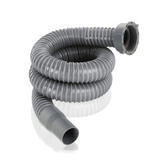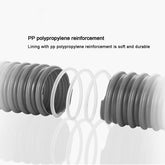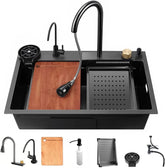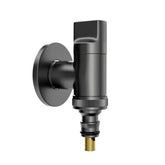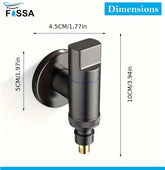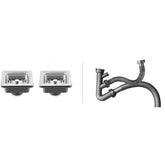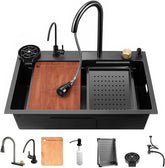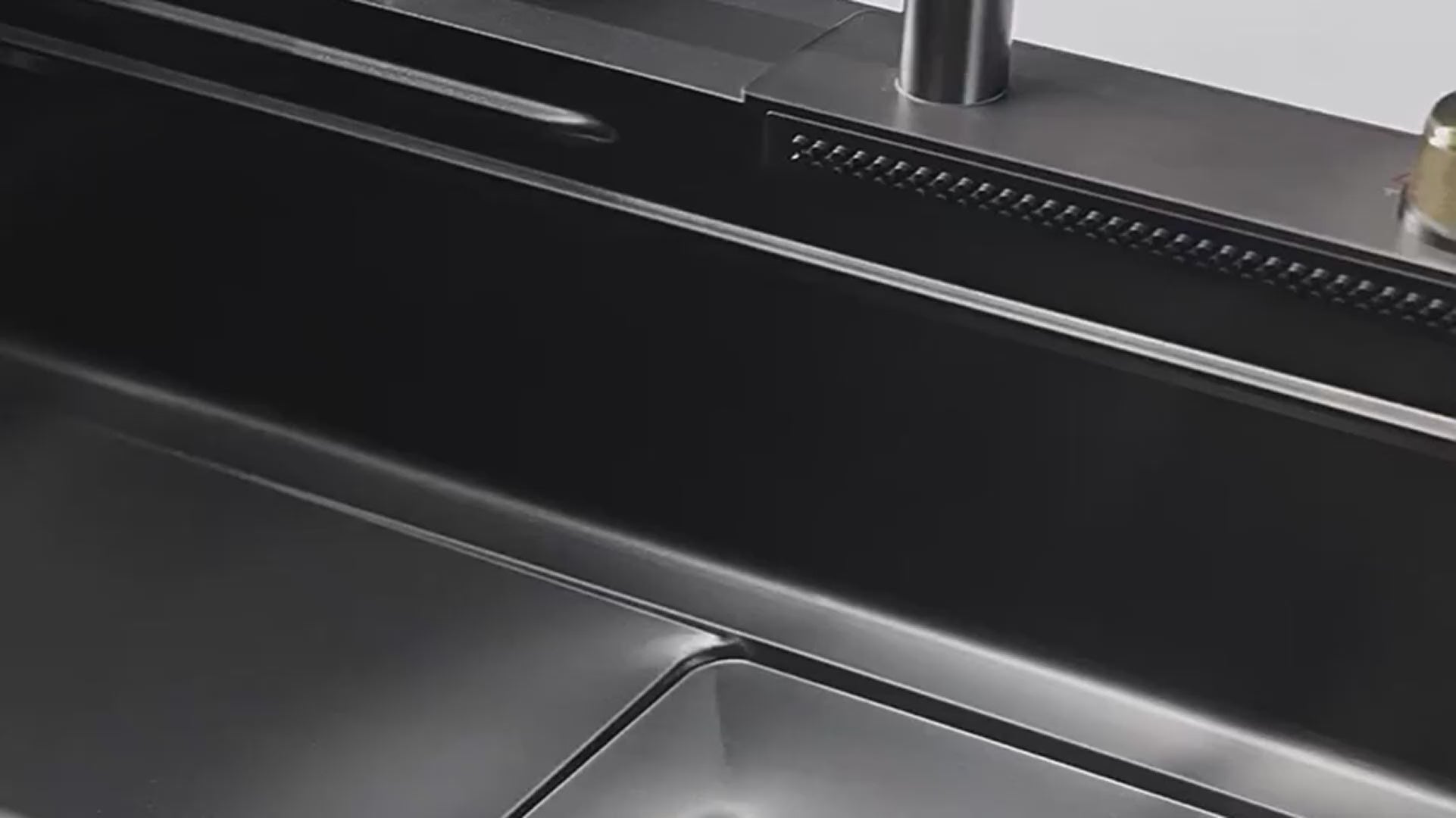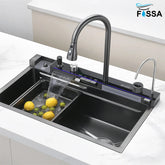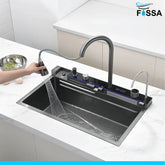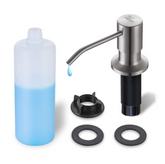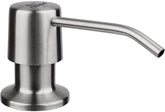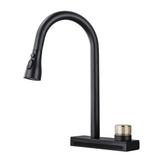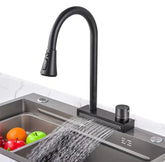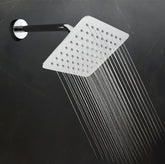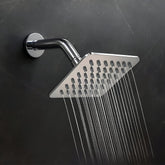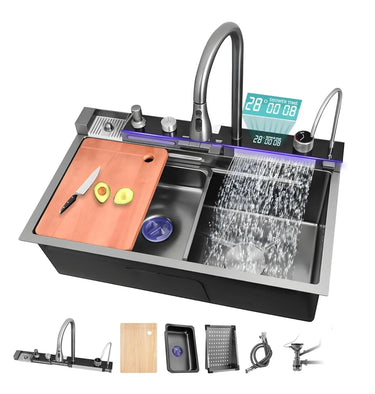How Do Premium Grade and 304-Grade Stainless Steel Sinks Differ?
When upgrading your kitchen or choosing a sink for a new home, the material plays a vital role in determining the product’s durability, appearance, and performance. Among the many options available, stainless steel stands out as a leading choice. But within stainless steel categories, you may come across terms like "304-grade stainless steel" and "premium grade stainless steel." Understanding the difference between these can help you make a more informed decision.
What Is 304-Grade Stainless Steel?
304-grade stainless steel is one of the most commonly used types of stainless steel in kitchen sinks. It is part of the 300 series and is made up of approximately:
-
18% chromium
-
8–10% nickel
This composition provides excellent resistance to rust and corrosion, especially in environments exposed to moisture and chemicals—making it ideal for kitchen sinks.
Key Features of 304-Grade Stainless Steel:
-
Corrosion-resistant in most kitchen environments
-
Non-reactive with food items
-
Durable and easy to clean
-
Has a brushed or satin finish in most models
-
Maintains its structure under high temperatures
What Does "Premium Grade" Stainless Steel Mean?
Unlike "304-grade," the term "premium grade" is not a standardized classification. Instead, it’s a marketing term that can vary depending on the manufacturer. In most cases, premium-grade stainless steel refers to a high-quality variant of standard grades—often 304, but sometimes even 316 or custom blends that offer enhanced strength, finish, or durability.
Characteristics of Premium Grade Stainless Steel:
-
May use thicker gauge steel (e.g., 16-gauge instead of 18-gauge)
-
Often has a softer satin or polished finish
-
Enhanced resistance to dents, scratches, and stains
-
May include additional features like sound-deadening pads or undercoating
-
Designed for luxury kitchens or commercial-grade performance
Note: Always check the technical specifications when you see the term "premium grade" to ensure it meets your expectations and is not just a branding term.
Key Differences Between Premium Grade and 304-Grade Sinks
| Feature | 304-Grade Stainless Steel | Premium Grade Stainless Steel |
|---|---|---|
| Standardization | Globally standardized (AISI 304) | Non-standardized, varies by brand |
| Composition | 18/8 (Chromium/Nickel) | Often 18/8 or higher; may include upgrades |
| Gauge (Thickness) | Typically 18-gauge | Usually thicker – 16-gauge or even 14 |
| Finish | Brushed or satin | Premium satin, mirror, or custom finishes |
| Durability | Strong and rust-resistant | Higher resistance to scratches, dents |
| Noise Dampening | Basic or no dampening | Advanced padding and coatings |
| Target Market | Homeowners, standard kitchens | Luxury kitchens, commercial settings |
Which One Should You Choose?
The decision between premium and 304-grade stainless steel sinks depends on your needs, budget, and usage:
-
✅ Choose 304-grade if you want a durable, affordable, and corrosion-resistant sink for daily home use.
-
✅ Go for premium grade if you’re designing a luxury kitchen, prefer high-end finishes, or require a sink that can withstand heavy-duty or commercial usage.
Tips for Buyers
-
Check the steel gauge – 16-gauge is thicker and more durable than 18-gauge.
-
Ask for material certifications – Reputable sellers will list if it’s AISI 304 or higher.
-
Inspect the finish – Premium sinks often have more refined, fingerprint-resistant coatings.
-
Evaluate sound insulation – Premium models often include anti-vibration padding.
-
Compare warranty and brand reputation – Trusted brands usually offer transparent specs and long warranties.
Conclusion
While 304-grade stainless steel is a trusted and widely used material in kitchen sinks, premium grade stainless steel often provides extra benefits in terms of thickness, finish, and overall performance. However, because "premium" is not a fixed term, always read product specifications before purchasing.
Whether you’re a homeowner, interior designer, or architect, knowing these distinctions helps ensure your kitchen sink is not only functional but also fits your lifestyle and aesthetic preferences.

